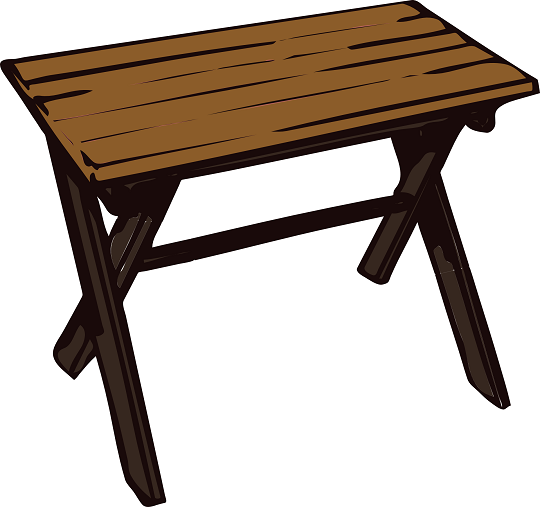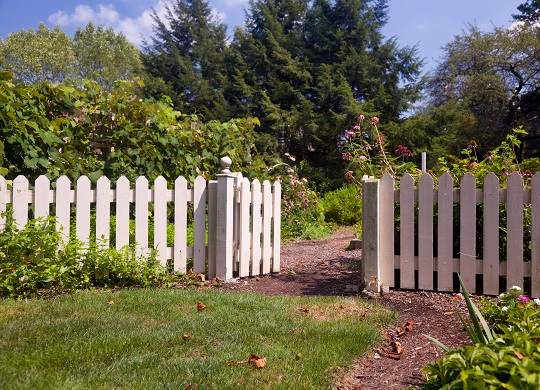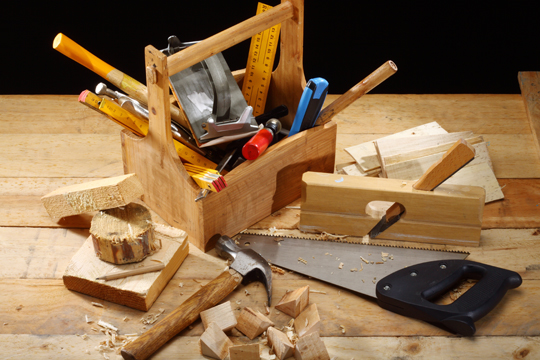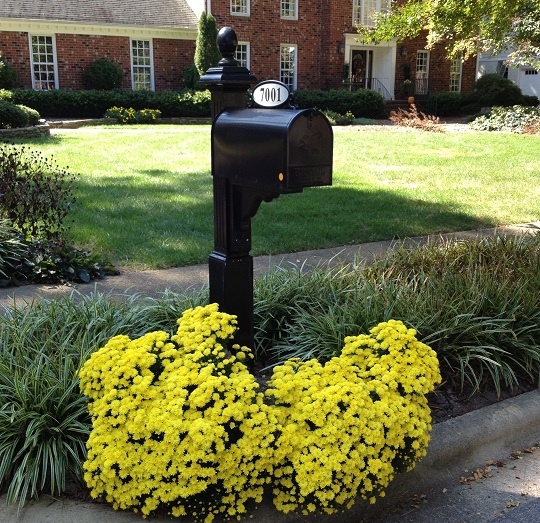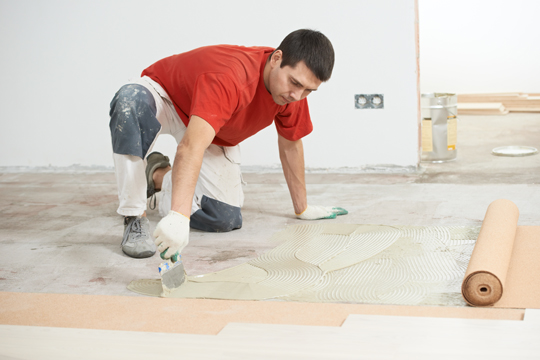Many people consider wood to be one of the most beautiful and versatile options for porches. However, it requires more time and attention to maintain than other materials to keep it in good condition. Without proper maintenance, wood can rot, become stained, crack, or warp.
Warping is not just unsightly; it can be unsafe, too. Warped floorboards create an uneven walking surface, which makes nasty falls very likely. When porch columns are warped, the structure they support is in danger of collapsing onto the porch. So it may be best to replace the warped posts.
What Causes Wood to Warp?
Moisture and heat are the two factors that bring about warping in wood. First of all, the general facts are that wood absorbs moisture and that it will dry out when the weather is hot.
Remember that timber is made up of long fibers that allow water to move through the tree. When timber is newly cut, it still holds a lot of moisture. In order to use timber, it needs to dry first. With the high demand for wood, however, some timber products are not dried properly, so they are not very stable.
As wood dries out, it will often bend and warp. It could be that your porch columns are warped towards the direction where they are more exposed to the sun and have already dried out on that side more than on the other side.
Prevent Your Porch Columns from Warping
To keep your wood porch columnss from warping, they must be sealed periodically. In general, it is recommended by experts that a wood porch be sealed every few years so that water will not re-enter. This will keep the wood’s natural oils replenished. Use a paintbrush to apply penetrating sealer to the wood every couple of years.
It’s also better to purchase high-quality timber from a commercial supplier, and make sure to buy wood that has been kiln-dried after being treated (labeled KDAT),so the chances of warping can also be minimized.
Need Help Fixing a Warped Porch Column?
Whether one or all of your porch columns are warped, a reputable handyman will know how to turn your porch around so it’s not only beautiful and inviting, but safe, too. Seva Call can connect you to qualified local service professionals in just a few minutes. Try our free service, and have your porch problems straightened out quickly.




